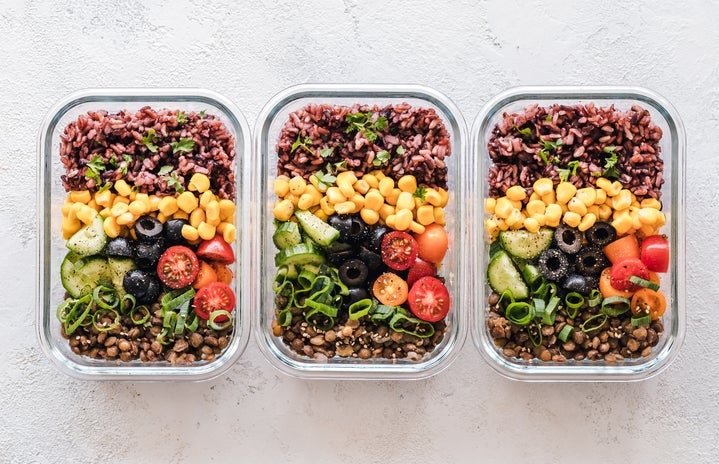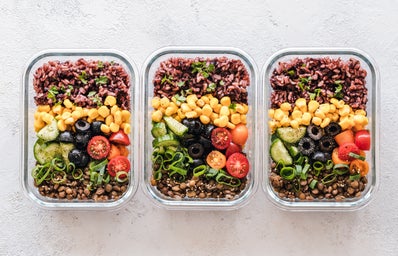Have you ever been influenced by the calorie number on your menu? The calories on menus are designed to help you make healthier decisions, but are they actually effective? Many studies have shown that when people notice caloric ranges when ordering, they tend to order a minimum of 48.9 fewer calories than their average order. If ordering out frequently, a decrease in calories can make a big difference in trying to lead a healthier lifestyle.
Displaying calorie counts on menus is a fairly new concept. The first law requiring calorie counts was introduced in New York City in 2007, but it took a legal case and several rounds of revision before a version of it was passed in 2008. This law stipulated that any chain restaurant with 15 or more locations would be legally required to provide the caloric content of every item on their menu boards and printed menus. In 2018, a similar legislation was enacted on a federal level.
However, a 2016 survey from the academic journal Preventive Medicine Reports shows that caloric numbers may not be as effective as they appear. The survey was conducted at restaurants in Canada that were testing the effectiveness of a health check symbol on menu items indicating a nutritious meal. Only five percent of over 1,000 people surveyed reported noticing the health check symbol after having eaten only moments before.
It’s also worth noting that the restaurants affected by this legislation are largely concentrated in “food deserts,” where there are fewer alternatives to fast food. We can’t reasonably expect consumers to use calorie information to change their eating habits if we’re not also giving them access to more nutritious choices. Without changing the menus to offer healthier options, we restrict consumers from being able to make healthier decisions. If the goal of calorie labeling in restaurants is to lower the obesity rate and educate consumers about nutrition, there is so much more we need to do beyond listing a number on a menu. Increasing the taxes on sugar-sweetened beverages — as countries like Mexico and cities like Berkeley have done with success — is another option to consider.
Calorie counting can be tedious and challenging when we are constantly living busy lifestyles. So instead of counting, we can opt for food that is more nutritious and filling and less calorie dense. Foods such as oatmeal, eggs and veggies are great for eating fewer calories and staying full for much longer. Having two eggs for breakfast (140 calories) compared to a Denny’s Grand Slam (1750 calories) can make a big difference. Small changes are the key to success when choosing to eat fewer calories or when trying to lose weight. A simple rule to remember is that the number of calories consumed versus the number of calories burnt should be in a deficit in order to lose weight, or in a surplus to gain weight.
Even though calorie counting hasn’t made the impact it was projected to make, we can try and make a change in our lifestyles by simply avoiding that extra piece of dessert or swapping that dinner roll with a side salad. Simple changes to make healthier decisions will benefit us in the long run.



